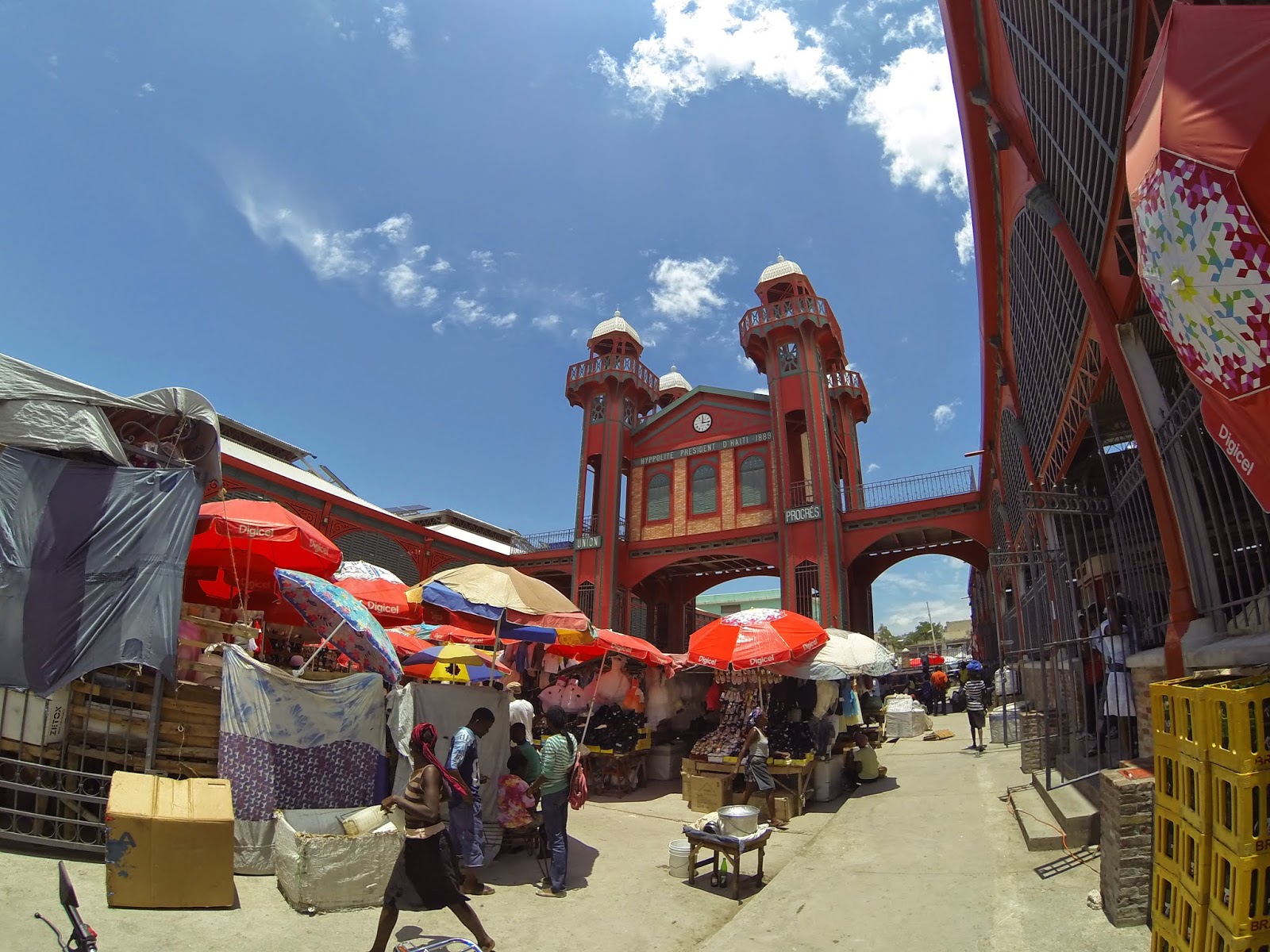After six days in the beautiful Turks & Caicos on three different islands it was time to head to our next and final destination on this trip and another landmark for me. The Bahamas is the last remaining Caribbean country or dependent territory I had to visit to complete the full set. Depending on how you count them there are either 28 Caribbean countries and dependent territories (if you combine Bonaire, St Eustatius & Saba into one generic Kingdom of the Netherlands, aka BES) or 30 if you separate them. However, this number excludes two destinations that are intimately related to the Caribbean, 1) Guyana which is part of the West Indies, but geographically on the South American continent, and 2) Bermuda which is a British Overseas Territory in the Atlantic, which I haven't been to (yet).
The Bahamas consists of something like 700 islands but the only one on our itinerary was the most populous island of New Providence, home to the capital city, and cruise ship mecca, of Nassau. Lynden Pindling International Airport, named after the first Bahamian Prime Minister, is about 15km west of the downtown area and the beautiful British Colonial Hilton which was our home for six nights.
The flight from Providenciales to Nassau took about an hour and twenty minutes in a 50-seater Embraer, but there were only seven passengers on board. We all had to sit near the tail of the plane but it was a nice smooth ride and we got some excellent views of New Providence as we came in to land. I even managed to spot the hotel and the cruise ship terminal from the plane.
THE BRITISH COLONIAL HILTON
The Hilton in Nassau was built in 1923 on the site of the former Colonial Hotel which was gutted by fire in 1922. The Bahamian government commissioned the building and it was sold to Sir Harry Oaks in 1939, became part of the Sheraton brand in the 1960's, then Best Western in the 1980's. During the 1990's much of the hotel was closed up and only a fraction of the rooms were utilized. It wasn't until a major overhaul and modernization project was completed just before the end of the millennium that the hotel was relaunched as the British Colonial Hilton - the grand dame of all Nassau hotels. Bond films Thunderball and Never Say Never Again were filmed here, including the water-skiing scene with Fatima Blush.
 |
| The main tower of the hotel |
 |
| The view of the resort from the main tower |
 |
| CrossFit t-shirt makes an appearance at the Hilton beach resort |
Nassau was originally known as Charles Town, but it was burned to the ground by the Spanish in 1684. When the city was rebuilt ten years later it was renamed in honor of the Dutch House of Orange-Nassau. By the early 18th century the Bahamas had become a haven for pirates like Calico Jack and Blackbeard and it widely considered a pirate republic. Britain eventually regained control and fought off the Spanish before the American War of Independence when American loyalists took their African slaves and established a plantation economy. Britain abolished the slave trade in 1807 and resettled many liberated slaves from illegal ships in the Bahamas during the 19th century. Independence came in 1973 but the Bahamas remains part of the commonwealth with Queen Elizabeth as its monarch.
 |
| One of the cruise ships in port from the beach at the Hilton |
 |
| The Bahamian Parliament |
Atlantis is a luxury resort, marina and water park located on Paradise Island, a few kilometers north of the cruise ship terminal. It was completed in 1998 and has been through a few financial ups and downs, particularly in 2008 when rooms went unfilled, but recently business has improved and the location close to the cruise ships ensures a constant flow of visitors throughout the year.
Sara spotted one of her favorite actors, Johnny Lee Miller, and his 5 year old son in one of the pools but was too afraid to say hello. Later in the day we passed them again and I was too afraid to say anything either. Actually I was too busy looking at his wife to notice who he was until he went past and saw the "26.2" tattoo on his back - advertising that he's a marathon runner. The hotel appeared in the Bond film Casino Royale when Daniel Craig arrived in Nassau.
 |
| The Royal Tower at Atlantis on Paradise Island |
 |
| Atlantis on Paradise Island (Go-Pro version) |
There are loads of different water slides at Atlantis but my favorite two are "Challenger", where two racers slide beside each other and at the pool at the end it records your time, and the "Leap of Faith" which is pretty much straight down, through a mist of dry ice then through a shark tank before splashdown. Lily and I rode them a few times but they were both so fast I had to wear my swim goggles to keep my eyes open.
 |
| Looking down at the shark tank at the bottom of the 'Leap of Faith' |
It was sad to leave but it was with a certain amount of satisfaction knowing that I could finally scratch off all the Caribbean countries on my world scratch off map.
BAHAMAS QUICK GUIDE
Capital: Nassau
Currency: Bahamian Dollar & US Dollar (exchange rate 1:1)
Language: English
Drives on the Left
Beer of choice: Kalik Gold (used a blind taste test to determine)


















